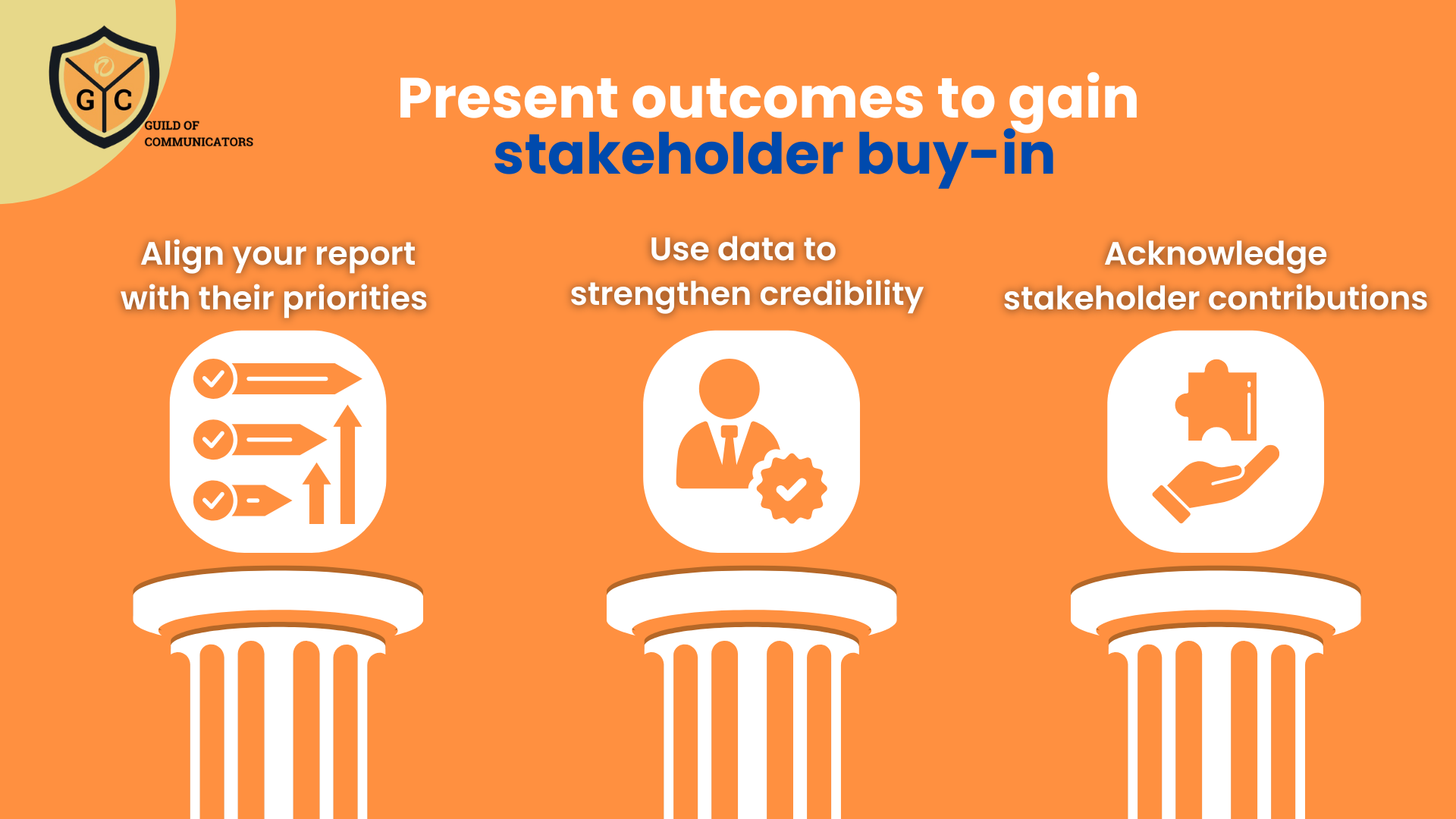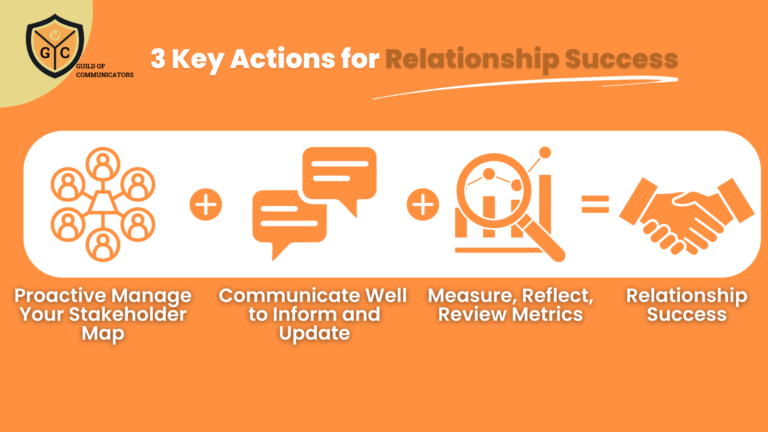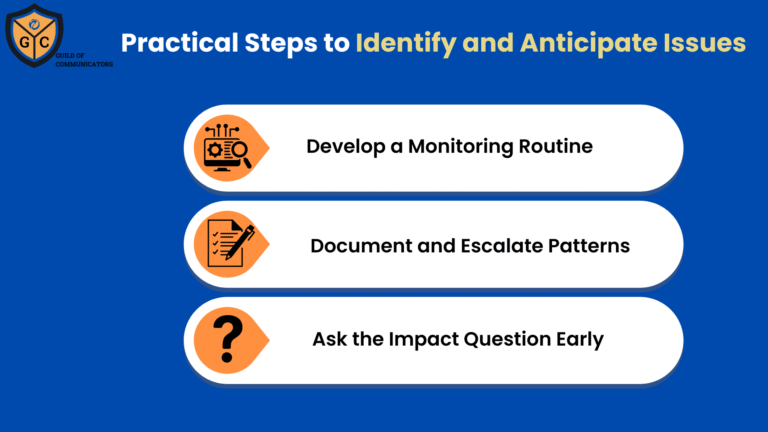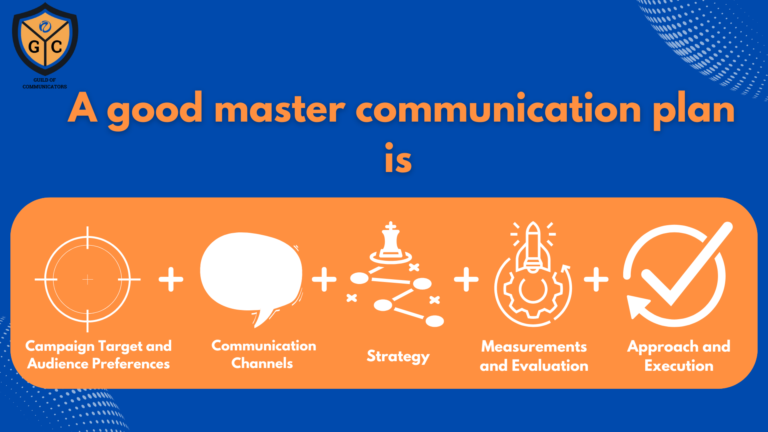The project is complete. The objectives were met, the milestones were achieved, and everything went according to plan. Now, it’s time to present the outcomes to stakeholders.
However, a successful project alone does not guarantee stakeholder support for future initiatives.
How you communicate results matters just as much as the results themselves. Before you begin, here are key considerations to ensure your presentation builds trust and credibility.
Presenting Outcomes Without Stakeholder Context Undermines Your Efforts
A presentation that only details the project’s outcomes without considering stakeholder alignment may not deliver the recognition you expect. Stakeholders evaluate success based on their own priorities and concerns, not just the project’s stated objectives.
Failing to position the outcomes in a way that aligns with their interests can result in a lukewarm response. Even the most well-executed project can be overlooked if it does not clearly demonstrate value from the stakeholder’s perspective.
To ensure your work is properly acknowledged, frame the results in a way that resonates with their goals. Highlight how the project supports their objectives, addresses key challenges, or advances broader organisational priorities.
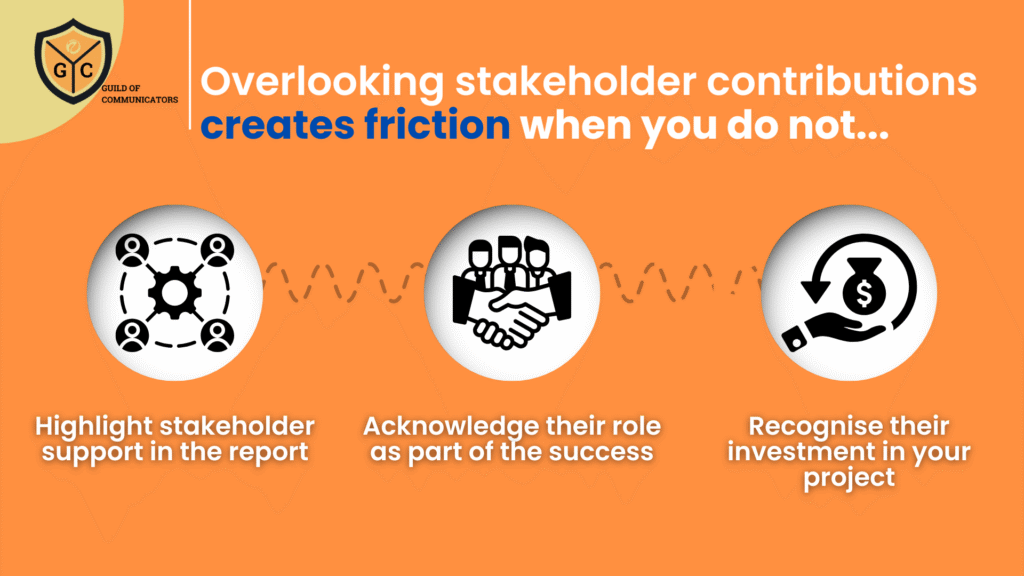
The Role of Stakeholders in Your Success
Stakeholders often play a role in a project’s success, whether by providing resources, approvals, or strategic guidance. Overlooking their contributions can create friction, making future collaborations more difficult.
A post-project report should highlight how stakeholder support contributed to the outcomes. Acknowledging their role fosters goodwill and ensures they see themselves as part of the success, rather than as external observers.
Failing to mention their influence can make it harder to gain future support. By recognising their contributions, you reinforce their investment in the project and pave the way for stronger partnerships moving forward.
Structuring Your Report for Stakeholder Engagement
A generic project summary will not capture the attention of every stakeholder. Different stakeholders have different interests, and your presentation should reflect this:
- Identify what each stakeholder group values most—whether it’s financial impact, operational efficiency, brand reputation, or audience engagement. Tailor your report to emphasise the outcomes that matter to them.
- Structure your presentation to be clear and concise. Avoid overwhelming stakeholders with unnecessary details. Provide key insights up front and use supporting data to reinforce your points.
- Anticipate questions and objections, ensuring you have well-prepared responses to maintain credibility.
How the Reciprocity Principle Strengthens Stakeholder Trust
Psychological principles play a role in how stakeholders perceive your presentation. The reciprocity principle suggests that when people feel valued and acknowledged, they are more likely to offer support in return.
By demonstrating how stakeholder input influenced the project’s success, you reinforce their role as valued partners. This can be as simple as referencing how their insights shaped decision-making or thanking them for their contributions.
Establishing trust through reciprocity ensures stakeholders remain engaged and supportive of future initiatives. It also shifts the dynamic from a one-time project update to an ongoing, collaborative relationship.

How to Present Outcomes and Gain Buy-In from Stakeholders
To successfully present an outcomes-based project to stakeholders, keep these three principles in mind.
Align Your Report with Their Priorities
Stakeholders assess success based on their priorities, not just project metrics. Instead of simply listing achievements, frame the outcomes in a way that aligns with their goals. If a stakeholder is concerned with business impact, highlight how the project contributed to growth, efficiency, or cost savings. If they prioritise public engagement, emphasise audience reach and sentiment shifts. Providing this context ensures that your presentation resonates with their concerns and reinforces the project’s strategic value.
Use Data to Strengthen Credibility
Stakeholders are more likely to trust and support your conclusions when they are backed by clear, relevant data. Use key performance indicators, measurable results, and supporting evidence to validate your claims. However, avoid overwhelming your audience with excessive details—present insights concisely and focus on the most impactful figures. A well-structured data narrative not only enhances credibility but also makes it easier for stakeholders to advocate for your project’s success within their own circles.
End with a Forward-Looking Perspective and Acknowledge Stakeholder Contributions
A stakeholder presentation should not just be a retrospective report—it should also set the stage for future opportunities. Recognising their role builds goodwill and secures future support. Clearly outline how the project’s success can inform or improve future initiatives. If there were challenges, propose solutions for next time. If there were breakthroughs, suggest how they can be scaled or leveraged further. This approach shifts the conversation from a one-time success to an ongoing collaboration, increasing the likelihood of continued stakeholder support.
A well-executed post-project presentation does more than just showcase success. It sets the stage for stronger relationships, future collaborations, and continued trust from stakeholders. By approaching the process strategically, you ensure that your project outcomes translate into long-term credibility and influence.
*****
Join the Guild of Communicators at www.gocommunicators.com.
The Guild of Communicators (Go Communicators) stands as the preferred community for communicators seeking to elevate their craft. Through our Academy of Excellence, we provide best-in-class frameworks, fit-for-purpose resources, and opportunities that support members in achieving professional excellence.
We provide the following resources, tools and opportunities to members:
- Best-in-Class Resources: We provide our members with access to frameworks, playbooks and tools that empower them to achieve and maintain professional excellence.
- Continuous Learning and Growth: Through our comprehensive training programmes, workshops, delivered digitally, 24/7 and in-person, we support the ongoing professional development of communicators.
- A Supportive Network: GOC fosters a vibrant community where communicators can connect, collaborate, and support each other, creating a network that champions mutual growth and success.
- Shared Knowledge and Expertise: Our members benefit from the collective wisdom and experience of a diverse group of communication professionals, enhancing their skills and perspectives.
Go Communicators is dedicated to amplifying the impact and value that communicators bring to their organisations, highlighting their crucial role in driving success and growth.
We equip our members with the strategies and tools needed to become influential leaders and business partners within their organisations, enhancing their ability to drive positive change and outcomes.
Through our support and resources, communicators can demonstrate clear, measurable outcomes that showcase their value and impact, reinforcing their importance to their organisations.
Join the Guild of Communicators at www.gocommunicators.com
Subscribe to join over 1500+ communicators and brands getting value every Tuesday while reading A Communicator’s Perspective, our weekly newsletter.

